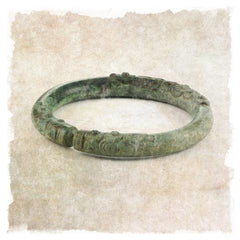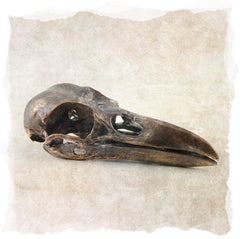The Cure for the Common Gold

THE CURE FOR THE COMMON GOLD: THE STORY OF BRONZE

First forged in ancient fires over 6,000 years ago, bronze has played a central role in Mankind’s story ever since.
Originally known by its Old Persian name birinj, bronze has shaped history in ways both large and small – from arming the legions of warring ancient empires to forging the tools that ploughed their soil and built their homes. Its strength and durability quickly established bronze as the metal of choice, but it was the invention of the Lost Wax process that paved the way for far more elaborate creations. This ancient process, first used over 6,000 years ago, forms backbone of Lost Apostle’s approach to jewelry making.

The Lost Wax process allows us to uphold this ancient tradition, re-interpreting bronze and its application while continuing its heritage with pride and respect.
James has been collecting antique bronzes for nearly 20 years. His most treasured piece is an ornate 1,500-year-old bronze bracelet from Cambodia’s ancient Khmer Empire – the same civilization who built the spectacular jungle city of Angkor. The centuries have given the bracelet a vivid, emerald patina, while its spirals and elaborate detailing remain as sharp and refined as the day it was first made. The beauty of the bracelet is testament to both the craftsmen who made it and the bronze from which it was forged – it resonates with a timelessness that firmly captured James’ imagination and fired his creativity.
A 200-year-old opium weight from Laos is another beautiful example of the diversity of bronze, and demonstrates how it was used to make everything from regal jewelry to everyday objects (every day that is if you happen to be an opium salesman from Southeast Asia.) Centuries from now, we hope our life-size bronze casting of a raven skull will find itself in someone else’s collection, green with age and storied with a history of its own.

Lost Apostle is proud to maintain the rich legacy of bronze, and in doing so contributes another chapter to its ancient story.


